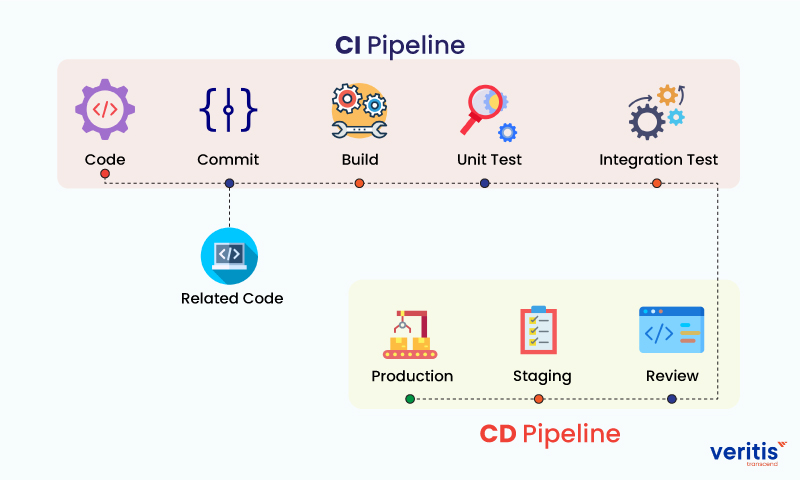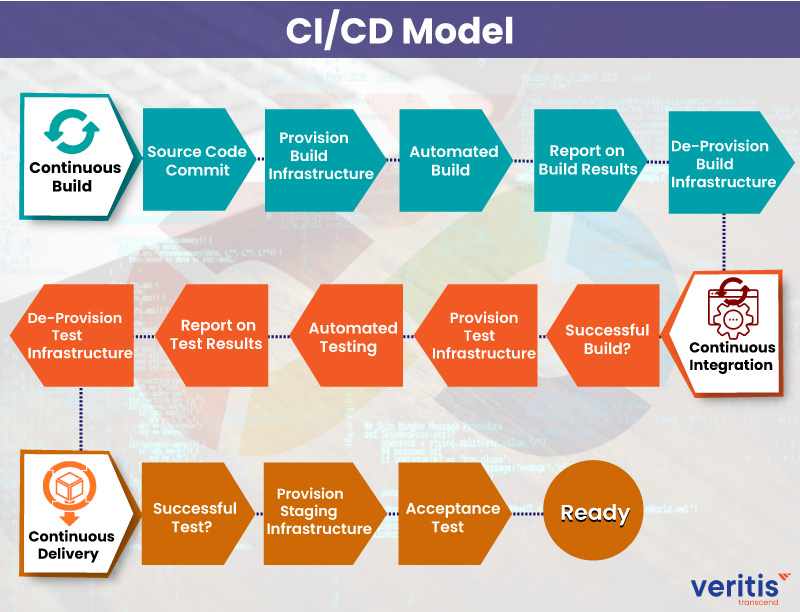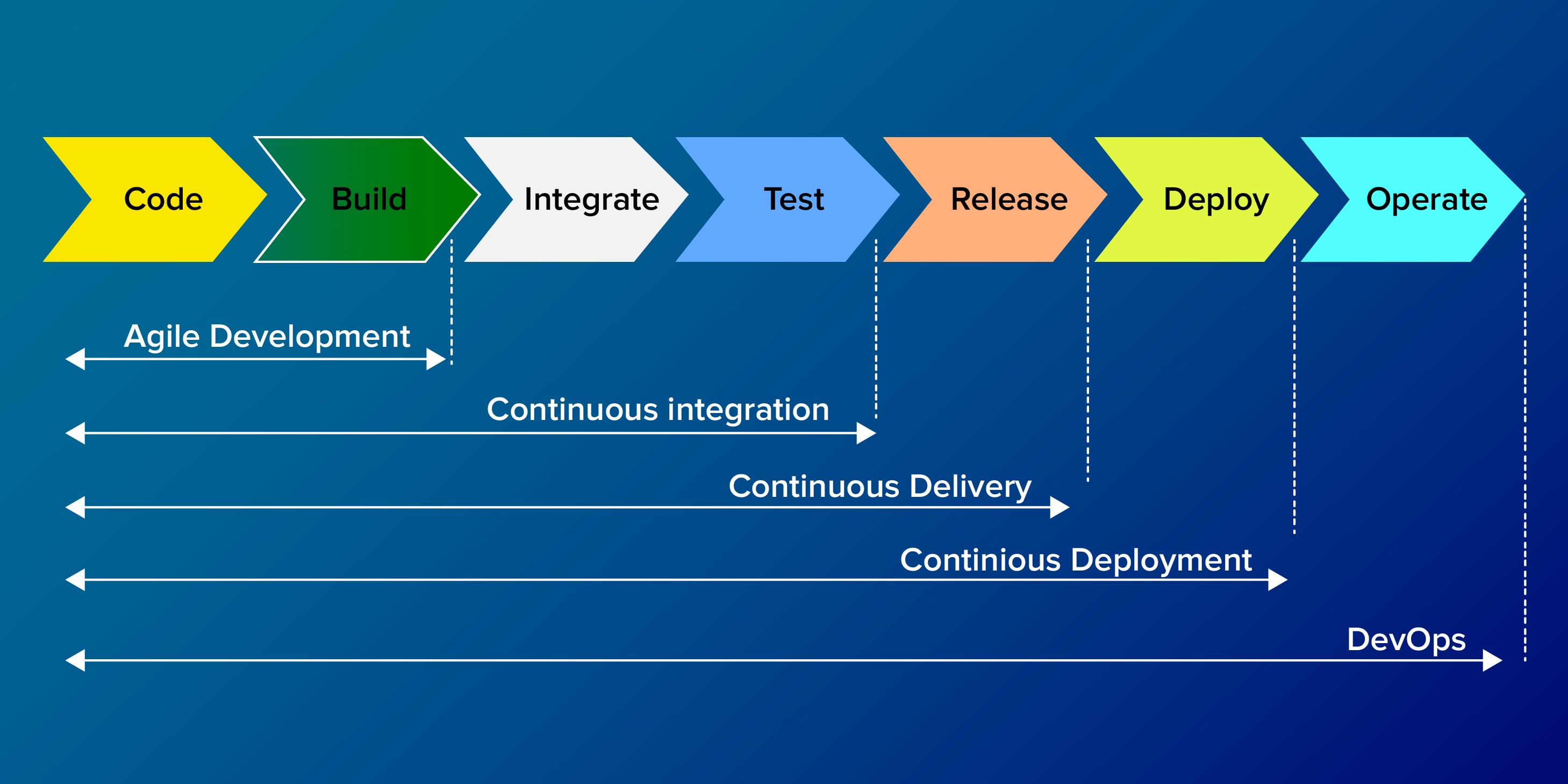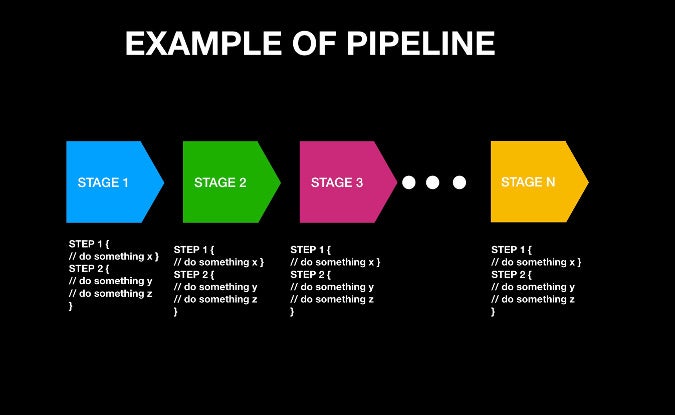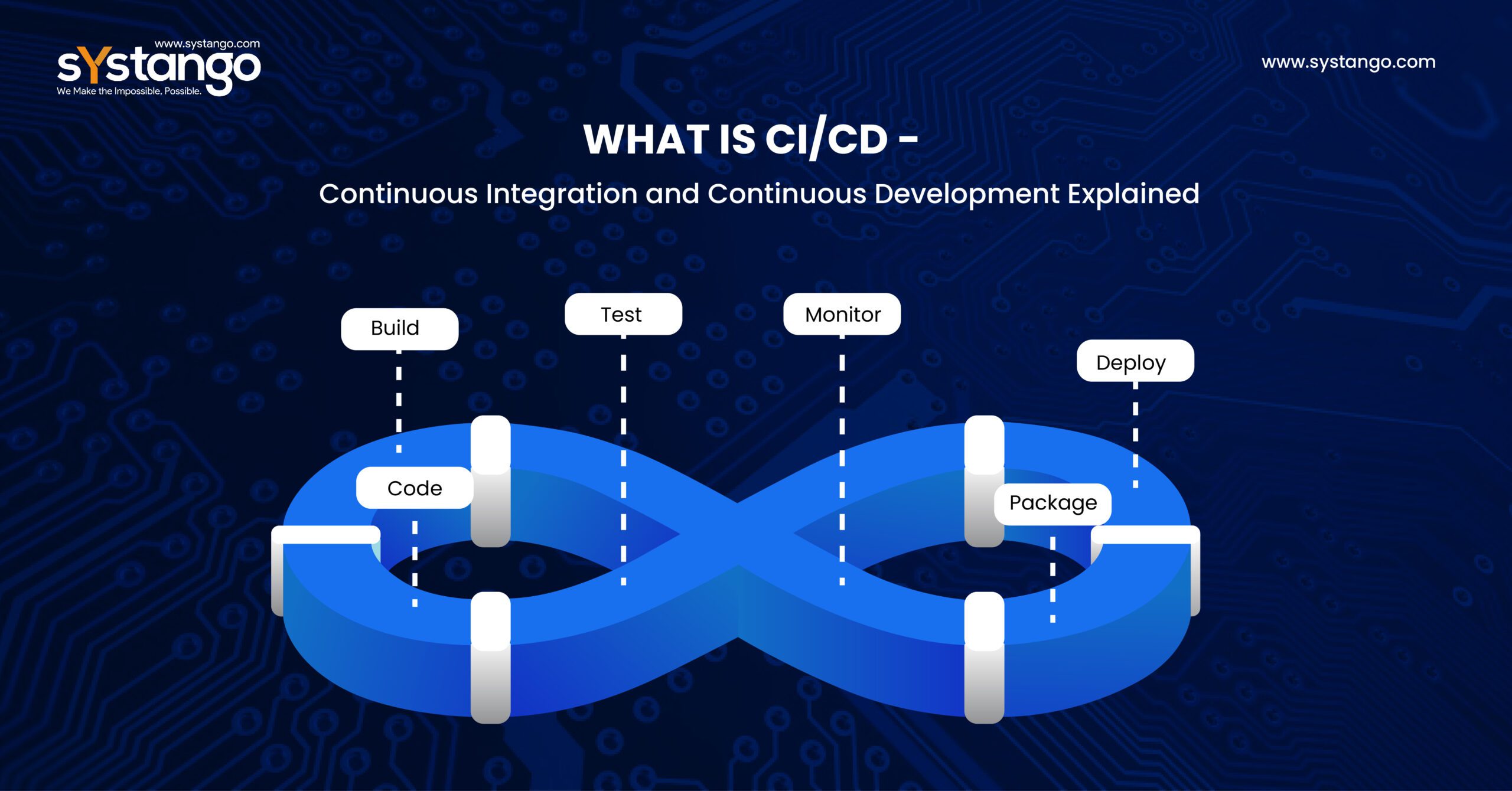Understanding CI/CD Methodology: Key Concepts and Benefits
CI/CD methodology, an integral part of modern software development, is a process that combines Continuous Integration (CI) and Continuous Deployment (CD). CI focuses on merging code changes into a central repository, while CD automates the release process, from code deployment to production. The primary benefits of adopting CI/CD methodology include faster release cycles, improved product quality, and reduced risks.
The Role of CI/CD in DevOps Culture
CI/CD methodology is a cornerstone of DevOps culture, which emphasizes collaboration, communication, and automation. By integrating CI/CD practices into DevOps, teams can streamline software delivery, reduce manual intervention, and accelerate the feedback loop. Aligning CI/CD methodology with DevOps principles ensures optimal results, enabling faster innovation, improved product quality, and reduced risks.
How to Implement CI/CD: Best Practices and Tools
Implementing CI/CD methodology involves several best practices and tools that simplify the development process. Start by establishing version control, using tools like Git, to manage code repositories. Implement automated testing to ensure code quality and consistency, using tools such as Selenium, JUnit, or TestNG. Continuous monitoring is also crucial, with tools like Nagios or Prometheus providing real-time insights into system performance.
Continuous Integration: Merging Code Changes Effortlessly
Continuous Integration (CI) is a critical component of the CI/CD methodology, focusing on merging code changes, automating builds, and running tests. By setting up a reliable CI pipeline, development teams can detect and address integration issues early, reducing the risk of conflicts and ensuring smooth collaboration. Implementing CI best practices, such as test automation and code review, can significantly improve the development process.
Continuous Deployment: Streamlining the Release Process
Continuous Deployment (CD) is the second pillar of CI/CD methodology, focusing on automating the release process from code deployment to production. CD enables faster and more reliable releases, reducing the risk of human error and ensuring a consistent and seamless delivery experience. Blue/green and canary deployments are popular strategies that help minimize downtime and risk during deployment.
CI/CD Security: Ensuring Safe and Secure Releases
Security is a critical aspect of CI/CD methodology, and incorporating security checks and vulnerability assessments throughout the pipeline is essential. Implementing security best practices, such as static code analysis, dynamic analysis, and penetration testing, can help maintain a secure CI/CD environment. Tools like SonarQube, OWASP ZAP, and Snyk can assist in identifying and addressing security vulnerabilities in the development process.
CI/CD Metrics: Measuring Success and Identifying Opportunities
Measuring the success of CI/CD methodology is crucial for continuous improvement and optimization. Key metrics, such as deployment frequency, lead time, and change failure rate, can provide valuable insights into the efficiency and effectiveness of the pipeline. By monitoring these metrics, development teams can identify areas for improvement, optimize the CI/CD pipeline, and ensure successful software delivery.
Scaling CI/CD: Managing Complexity in Large-Scale Projects
Scaling CI/CD methodology in large-scale projects can present unique challenges, but collaboration, automation, and continuous improvement are key to managing complexity and ensuring successful software delivery. Best practices for scaling CI/CD include implementing robust version control, automating testing and deployment processes, and continuously monitoring pipeline performance. By following these practices, development teams can efficiently manage large-scale projects and maintain the benefits of CI/CD methodology.


